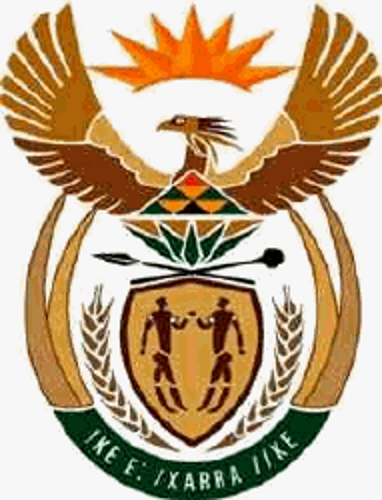Fontos
A fordítás közösségi munka, amihez itt tud csatlakozni. Ennek az oldalnak eddig 94.74%-a van lefordítva.
1. Bevezető
Egy könnyed bevezetés a GIS-be
Készült az ingyenes és nyílt forráskódú GIS alkalmazás, a QGIS segítségével, mindenki számára.

Sutton, O. Dassau, M. Sutton
Támogatta: Területrendezési és Információs főigazgatóság, Földügyi Minisztérium, Eastern Cape, Dél-Afrika.

Partneri együttműködésben: Térinformáció-kezelési egység, Miniszterelnöki Hivatal, Eastern Cape, Dél-Afrika.

Copyright (c) 2009 Területrendezési és Információs főigazgatóság, Földügyi Minisztérium, Eastern Cape, Dél-Afrika.
A dokumentum másolására, terjesztésére és/vagy módosítására engedélyt adunk a GNU Free Documentation License 1.2-es verziójának vagy bármely későbbi, a Free Software Foundation által kiadott verziójának feltételei szerint; változatlan szakaszok, borítószöveg és hátlapszöveg nélkül.
A copy of the license is included in the section GNU Free Documentation License.
A fenti szerzői jogi nyilatkozat nem vonatkozik a QGIS felhasználói kézikönyvre, amely a dokumentumhoz csatolható. További szerzői jogi és licencelési információkért tekintse meg a QGIS kézikönyveket.
1.1. Pár szó a szerkesztőtől
A projektet a Területrendezési és Információs főigazgatóság, Földügyi Minisztérium, Eastern Cape, Dél-Afrika, és vele együttműködésben a Térinformáció-kezelési egység, Miniszterelnöki Hivatal, Eastern Cape, Dél-Afrika támogatta.
A GIS egyre fontosabb eszközzé válik a környezetgazdálkodásban, a kiskereskedelemben, a katonaságban, a rendőrségben, az idegenforgalomban és mindennapi életünk számos más területén. Ha számítógépet vagy mobiltelefont használ, akkor valószínűleg már valamilyen formában használt GIS-t anélkül, hogy észrevette volna. Lehet, hogy egy weboldalon található térkép, a Google Earth, egy információs stand vagy a mobiltelefonja volt, amely megmutatta, hol tartózkodik. Kaphatók olyan zárt GIS-szoftverek (amelyeket nem lehet szabadon megosztani vagy módosítani), amelyekkel elvégezhető minden, amit itt leírunk, és még sok más is. Ezek a szoftverek azonban általában nagyon drágák, vagy más módon korlátozzák a szoftver másolásának, megosztásának és módosításának szabadságát. A GIS-szolgáltatók néha kivételt tesznek az oktatási tevékenységek esetében, és olcsóbb vagy ingyenes példányokat biztosítanak szoftvereikből. Ezt annak tudatában teszik, hogy ha a tanárok és a tanulók megismerik a szoftverüket, akkor nem lesznek hajlandók más csomagokat megtanulni. Amikor a tanulók elhagyják az iskolát és belépnek a munkaerőpiacra, megveszik a kereskedelmi szoftvert, anélkül, hogy tudnák, hogy léteznek ingyenes alternatívák, amelyeket használhatnának.
A QGIS-szel mi egy alternatívát kínálunk – egy szociális értelemben is szabad szoftvert. Annyi másolatot készíthet belőle, amennyit csak akar. Amikor a tanulók egy nap elhagyják az iskolát, ezt a szoftvert felhasználva fejleszthetik készségeiket, megoldhatják a munkahelyi problémákat, és jobbá tehetik a világot.
Amikor kereskedelmi szoftvert vásárol, akkor korlátozza a jövőbeli lehetőségeit. A szabad és nyílt forráskódú szoftverek megtanulásával, használatával és megosztásával fejleszti saját készségeit, pénzt takarít meg, amelyet fontosabb dolgokra, például élelmiszerre és lakhatásra fordíthat, és ezzel elősegíti saját gazdaságunk fejlődését.
A DLA az erőforrás létrehozásának támogatásával olyan alapot hozott létre, amelyhez a fiatal elmék hozzáférhetnek. Izgalmas lehetőségek állnak előttünk, ha elfogadjuk a tudás és az adatok szabad megosztásának elveit. Ezért szívből köszönjük a DLA-nak!
Reméljük, hogy élvezni fogja a QGIS használatát és tanulását az Ubuntu szellemében!

Tim Sutton, 2009. április